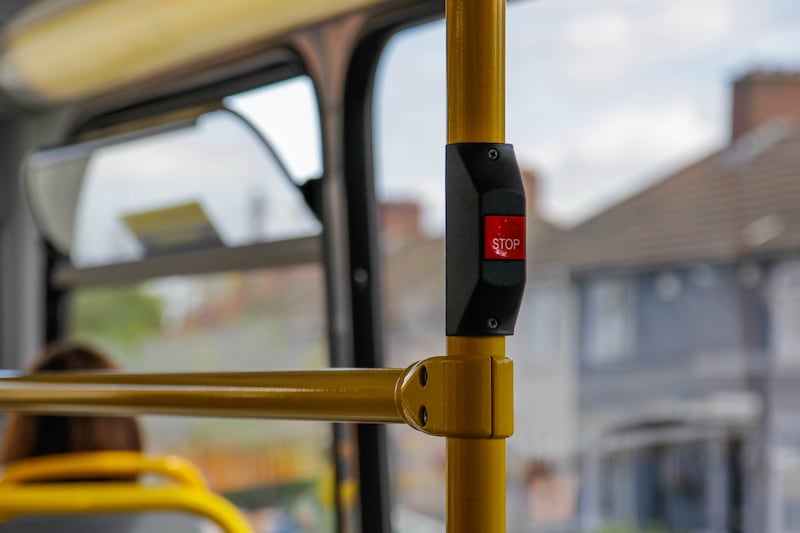In her inaugural address as Ireland’s first female head of state, in December 1990, Mary Robinson declared that “as a woman I want the women who have felt themselves outside history to be written back into history, in the words of Eavan Boland, ‘finding a voice where they found a vision’.”
It was entirely apt that the poet, who has died in Dublin, should be name-checked at this emotional moment for Irish women. For few writers had done more to insert the female experience into the modern Irish poetic tradition.
The two women had been friends since their days as students at Trinity College Dublin, in the 1960s, and both were important figures in the resurgence of Irish feminism in the 1970s.
But this was more than a nod to an old comrade in arms. Robinson was acknowledging that the social change symbolised by her election owed a great deal to the way Boland and others had been writing women not just back into history but into a transformed Irish identity.
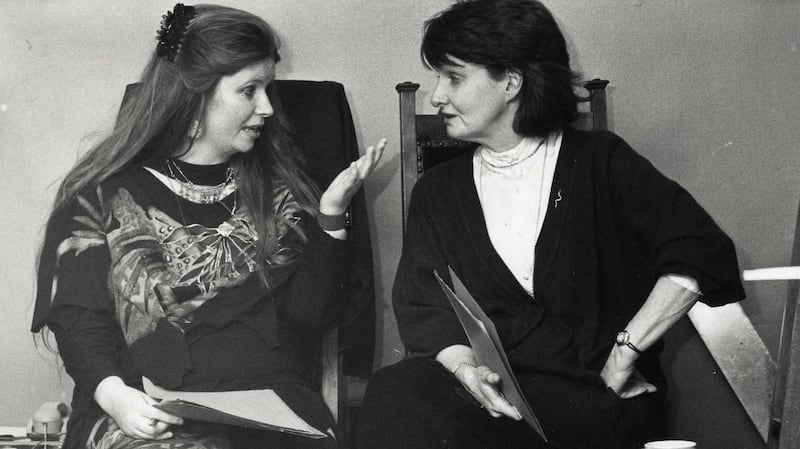
Boland, like her fellow poet Máire Mhac an tSaoi and the fiction writer Maeve Brennan could be described as a daughter of the State, offspring of eminent official figures. Her mother was the fine painter Frances Kelly.
But her father, Frederick Boland, was one of Ireland’s most distinguished diplomats, serving as president of the United Nations general assembly in 1960. Eavan, though born in Dublin, grew up largely in Irish ambassadorial residences in London and New York.
Boland's work reclaims femininity not as an image or metaphor but as a lived reality
This background created a particular tension in her work. As a feminist she was inclined to walk away from the whole idea of “the nation” from which “the true voice and vision of women” are routinely excluded.
Yet, as she wrote in her prose collection Object Lessons, “I was not free to. For all my quarrels with the concept, and no doubt partly because of them, I need to find and repossess that idea at some level of repose.”
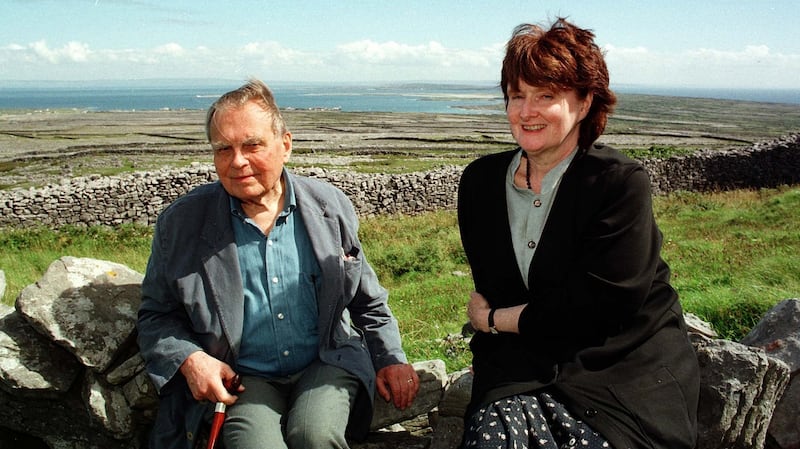
Her answer to this dilemma was to rework the traditional embodiments of women in myths of Irish nationhood “by exploring the emblematic relationship between my own feminine experience and a national past”.
This strategy was political as well as aesthetic. Some feminists argued that women’s experience, excluded for so long, simply cannot be expressed with the structures and images of a male-dominated culture.
Boland, however, has occupied the Irish public poetic tradition that stems from WB Yeats, taking on its concerns with myth, history and the Irish landscape while forcing it to make room for female experience.
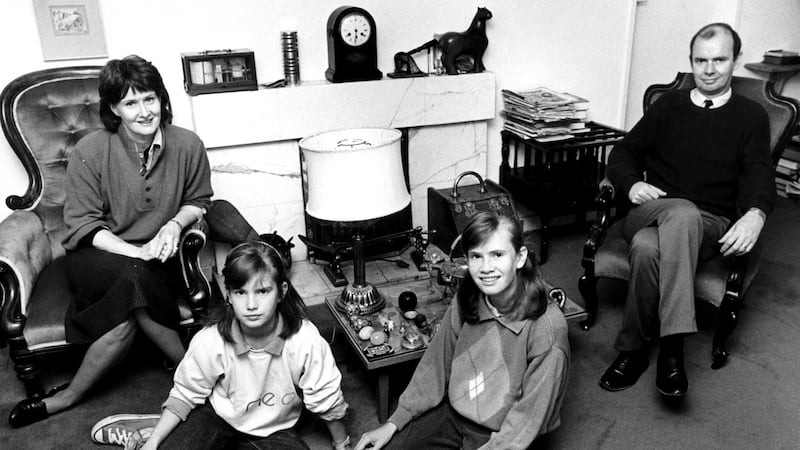
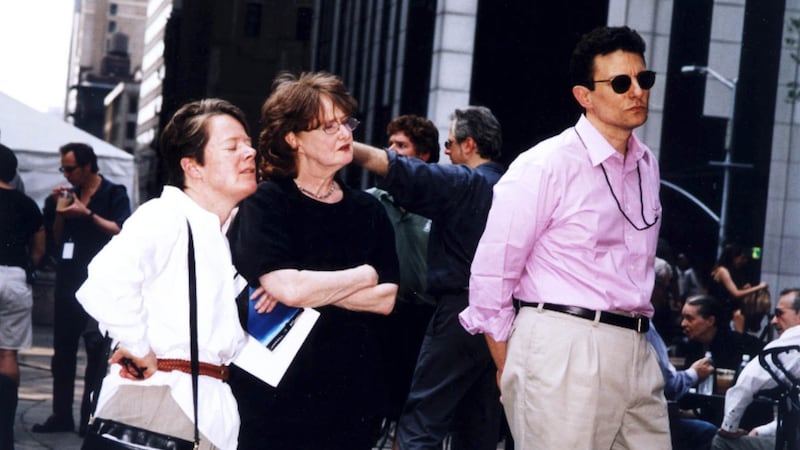
In part this was a struggle to make room for the body. She made female sexuality and motherhood into poetic subjects. She evoked domestic violence, anorexia, infanticide, mastectomy, bodily functions from menstruation to masturbation.
Male reviewers were often shocked that a poet already admired for her technique and rigour could be so confrontational; one called the poems “curiously unpleasant and at times offensive”. One bookshop even refused to stock her 1980 book (with drawings by Constance Short), In Her Own Image: a rare honour for a slim volume of verse.
Boland’s defiance lay in her refusal to choose between mind and body, between being a cerebral intellectual on the one hand and celebrating her femininity on the other.
She did both.
In Object Lessons Boland wrote that “I knew . . . that I was a half-named poet. My mind, my language, my love for freedom: these were named. My body, my instincts: these were named only as passive parts of the poem. Two parts of the poem awaited me. Two choices. Power or powerlessness.”
She chose the first. For all its rigour and elegance, Boland’s work is a thrilling power grab. It reclaims femininity not as an image or metaphor but as a lived reality. Her legacy is in her poems, but it is also in Irish life.

















